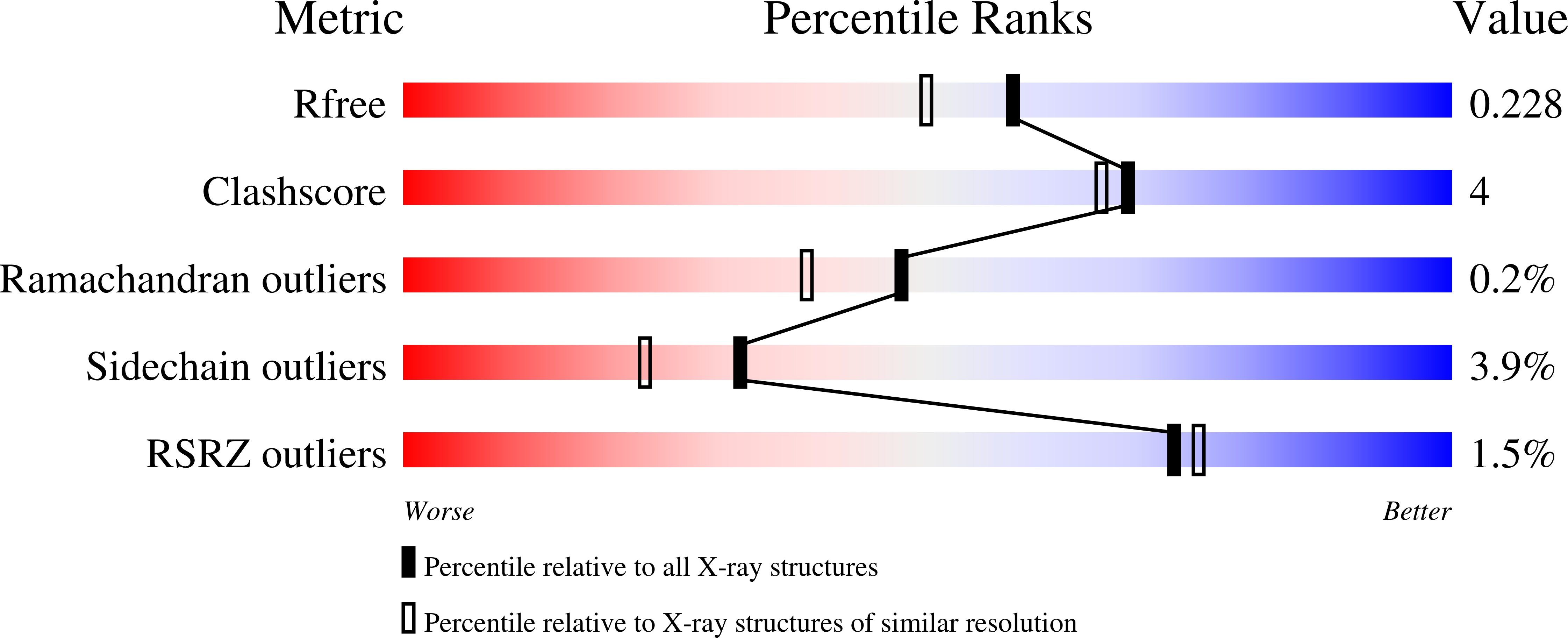
Deposition Date
2004-03-30
Release Date
2004-09-14
Last Version Date
2021-10-27
Entry Detail
PDB ID:
1SW1
Keywords:
Title:
Crystal structure of ProX from Archeoglobus fulgidus in complex with proline betaine
Biological Source:
Source Organism:
Archaeoglobus fulgidus (Taxon ID: 224325)
Host Organism:
Method Details:
Experimental Method:
Resolution:
1.90 Å
R-Value Free:
0.21
R-Value Work:
0.18
R-Value Observed:
0.18
Space Group:
P 1 21 1


